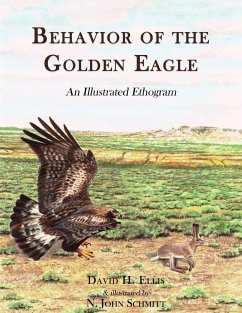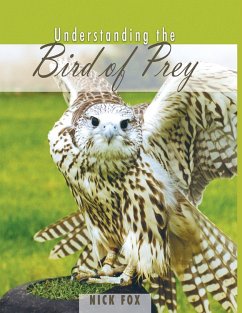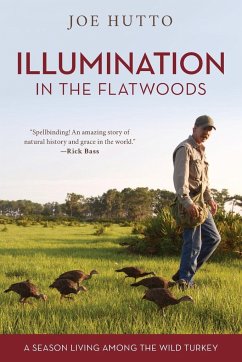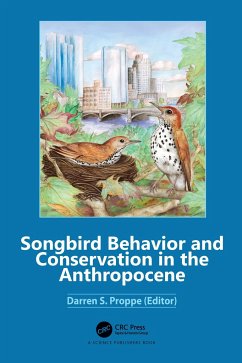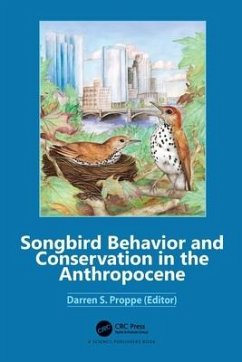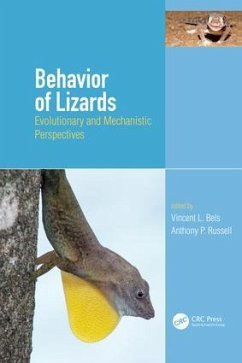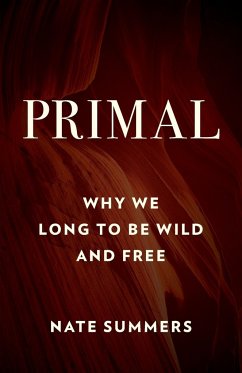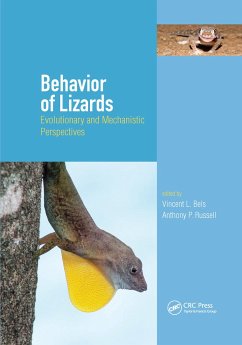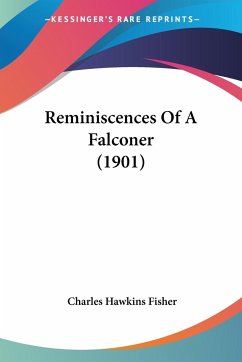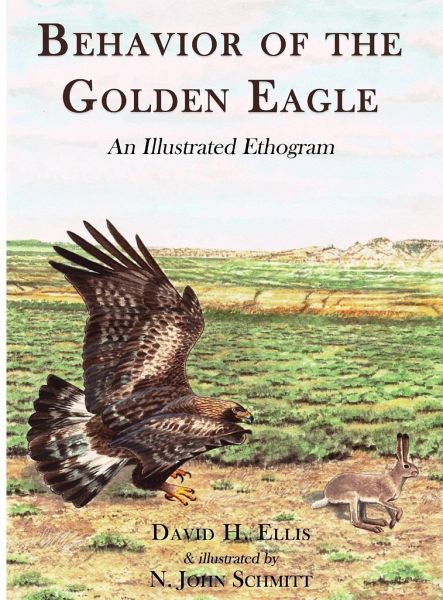
Behavior of the Golden Eagle
an illustrated ethogram

PAYBACK Punkte
22 °P sammeln!
In this volume, the action patterns and activities of the golden eagle are described and most are illustrated in great detail. Names/titles are given for each action pattern, and those that are most useful in determining health and level of disturbance are discussed. There is also a brief chapter on the history of behavioral studies as they apply to raptors. The dangers associated with studying raptors at close range are presented and techniques are outlined for minimizing disturbance. Recommendations are also made for exclusion zones for various environmental stressors/hazards around eagle ey...
In this volume, the action patterns and activities of the golden eagle are described and most are illustrated in great detail. Names/titles are given for each action pattern, and those that are most useful in determining health and level of disturbance are discussed. There is also a brief chapter on the history of behavioral studies as they apply to raptors. The dangers associated with studying raptors at close range are presented and techniques are outlined for minimizing disturbance. Recommendations are also made for exclusion zones for various environmental stressors/hazards around eagle eyries and in prey concentration zones. This book on the behavior of the golden eagle is broadly useful because hawks and other eagles behave very much like the golden eagle. When a reader becomes familiar with the ideas and terms presented herein, he/she is prepared for doing behavioral research on dozens of species. The illustrations are also designed for use in training technicians to recognize and report healthy and aberrant behavior of diurnal raptors. Further, in a day when web cameras broadcast intimate details of bird behavior around the world, this book provides the lexicon, the nomenclature, for discussing all that is seen.



